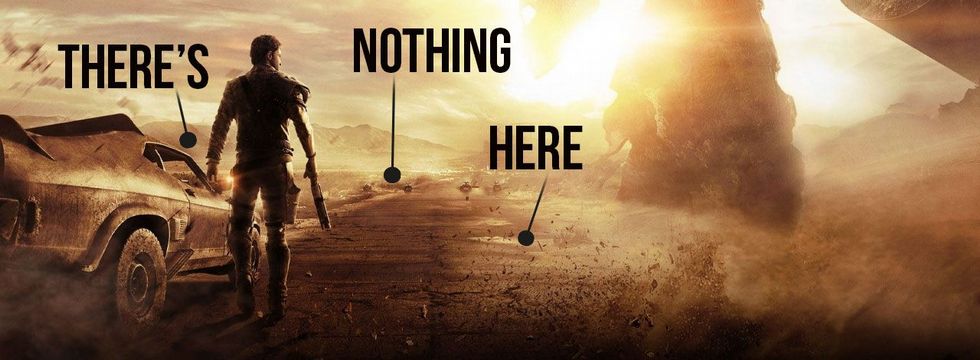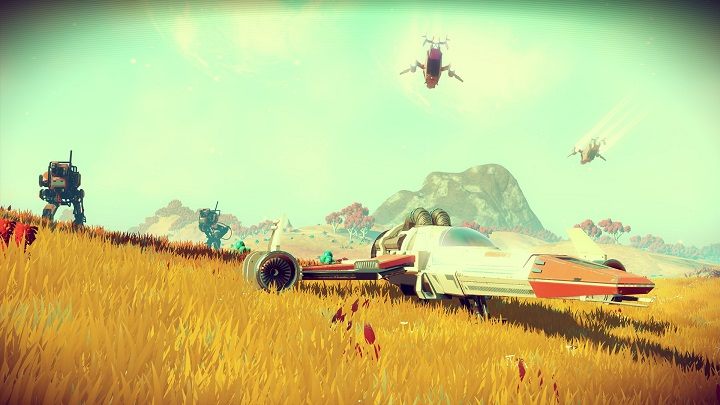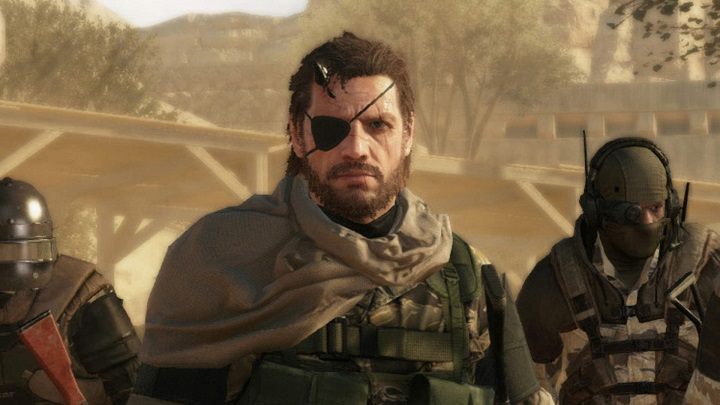No Man's Sky (after launch). 10 video games with huge maps that were empty

- 10 Games With Huge Maps... And Nothing to Do
- No Man's Sky (after launch)
- Dragon Age: The Inquisition
No Man's Sky (after launch)

No Man's Sky is by far the most notable example on this list. This is because many elements of this world are procedurally generated and make up a gigantic galaxy that we can explore almost endlessly. In the beginning, a huge problem of No Man's Sky were numerous technical errors and the ubiquitous emptiness – a huge game world offered practically no activities. All activities boiled down to flying between planets, occasional trading, resource gathering, and fairly simple combat.
The vastness of cosmos, which was supposed to interest players, failed to do so because there was nothing in No Man's Sky that would encourage further exploration. What's more, after some time, procedurally generated planets started to increasingly resemble previous locations, so even avid space explorers didn't have much fun.
At this point it is worth mentioning that after a crushing wave of unfavorable comments from players and reviewers, Hello Games got to work. Many updates have been released, and key patches such as Foundations, Next, and Beyond have almost completely changed the game's image. The title is now much more exciting for homegrown space fighters, offering brand new story lines and mechanics that were notoriously absent on launch day.
Metal Gear Solid 5

Metal Gear Solid V: The Phantom Pain was an excellent game, with impressive visuals, great stealth gameplay, and, typical for Hideo Kojima, an extremely convoluted plot full of bizarre ideas. The Japanese developer has always had a tendency to experiment, and this time, he opted for some pretty expansive open world. Metal Gear Solid V consists of several maps where all the fun takes place – we can explore them very freely and perform our missions in different ways. The only question that remains is why did Kojima want to use such large maps so much?
Players have particularly complained about the design of the open world. According to them, it was completely unnecessary and ill-considered, because in Metal Gear Solid V, exploration made virtually no sense. The areas outside the military outposts are essentially dead – we won't meet any enemies or allies there, there are no side quests or even traces of the war that was supposedly going on. It seems Kojima could have opted for a more linear approach to the game, as many people were simply bored while making their way through Afghanistan – it was a typical time sink that led almost exclusively to fighting more enemies stationed at the bases.
Just Cause

The first part of the Just Cause series allowed you to travel huge distances, play on a macro scale and, above all, it offered almost unrestricted demolition. These elements were enough to attract hardcore gamers for a few hours, but in the long run, they needed some variety. In its time, the visuals and destruction system were quite impressive and skillfully covered the emptiness emanating from the map.
Unfortunately, reality showed that the first Just Cause didn't lean too far outside the box, and it got relatively boring on the big map. There were no interesting activities available to us, and players complained that after time, the fun was reduced to repeating the same activities. The newer installments of the series have gone in the right direction and offered far more content, while leaving the familiar and well-loved core gameplay of traversing great distances and destroying everything in your path.







